Researchers have described two beautifully preserved skulls of juvenile Gorgosaurus dinosaurs (G. libratus). The articulated specimens have enabled the scientists to build up a comprehensive picture of how these tyrannosaurids changed as they grew. Gorgosaurus and the much bigger, later tyrannosaurid T. rex exhibit similar changes in their skulls as they grow. This study will help palaeontologists to decipher tyrannosaur material and to determine the identity of previously misidentified specimens. It should also provide more evidence to help resolve the Nanotyrannus/T. rex debate.
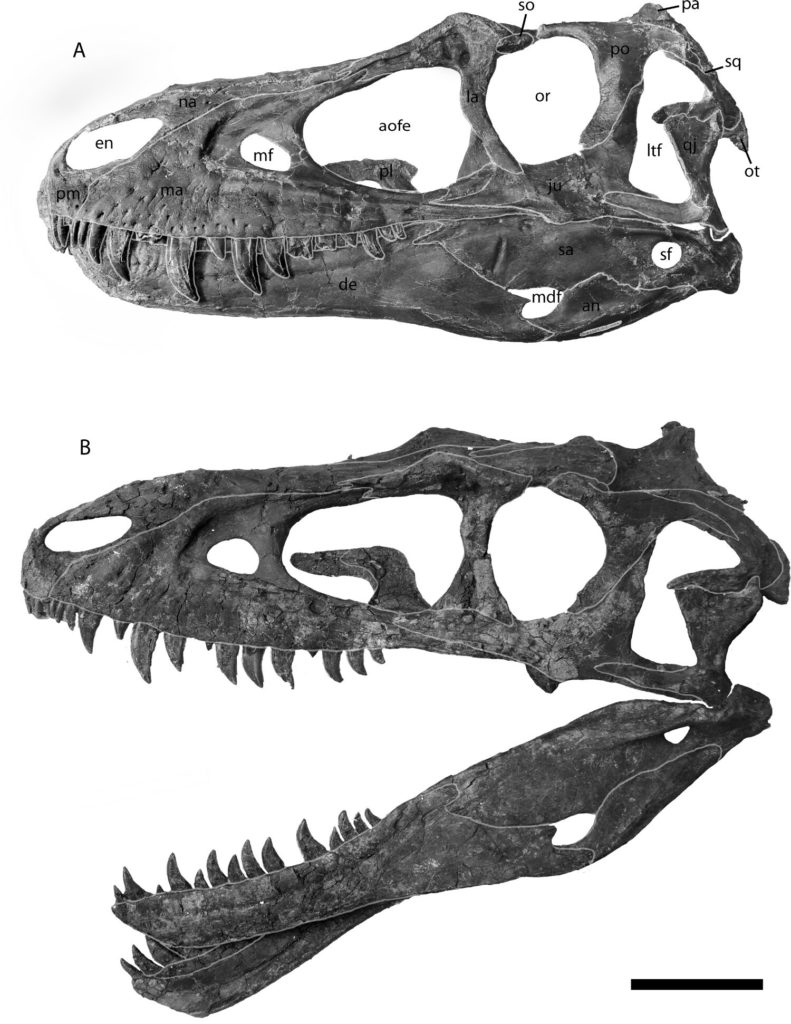
Gorgosaurus libratus
Named and described in 1914 (Lambe), Gorgosaurus is known from dozens of fossil specimens found in the upper Campanian Dinosaur Park Formation of Alberta and Judith River Formation of Montana. It is one of the best sampled and researched of all the Late Cretaceous tyrannosaurs, but juvenile material is rare. The recent discovery of additional juvenile Gorgosaurus libratus specimens from the Dinosaur Park Formation, including two well-preserved skeletons with articulated skulls, provided researchers which include Jared Voris and Darla Zelenitsky (University of Calgary), along with collaborators from the University of Ohio, the University of Alberta and the Royal Tyrrell Museum, an opportunity to develop a map outlining how this dinosaur changed as it grew and matured.
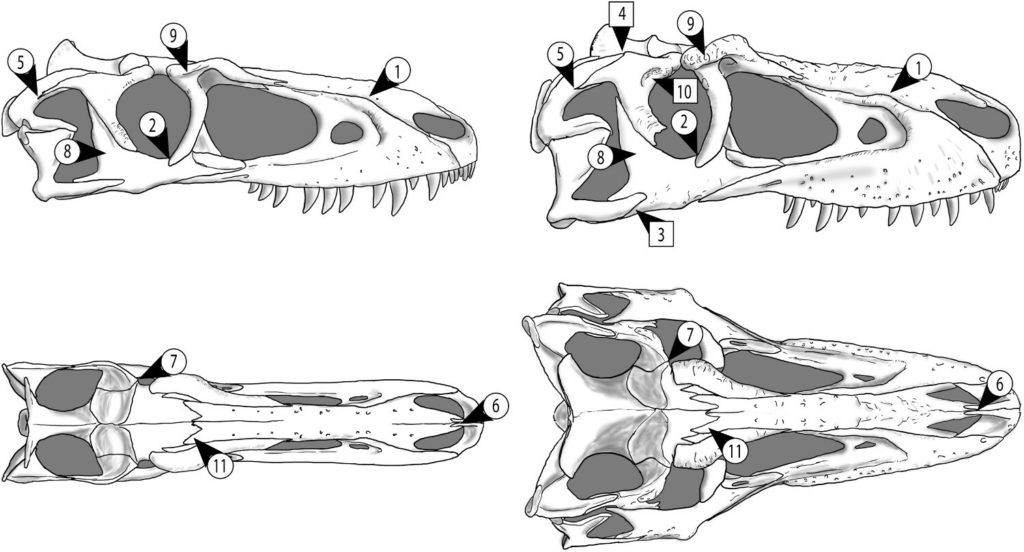
Sorting out Daspletosaurus Specimens
The research team, which also included Professor Phil Currie (University of Alberta), found that although the skulls of tyrannosaurs changed dramatically as they grew, several taxonomically informative traits remain present regardless of the age of the animal. This means that palaeontologists can use this information to determine which taxon is represented by juvenile fossil material.
Thanks to this research, two specimens previously identified as examples of immature Daspletosaurus individuals (coeval with Gorgosaurus) are instead confirmed as Gorgosaurus.
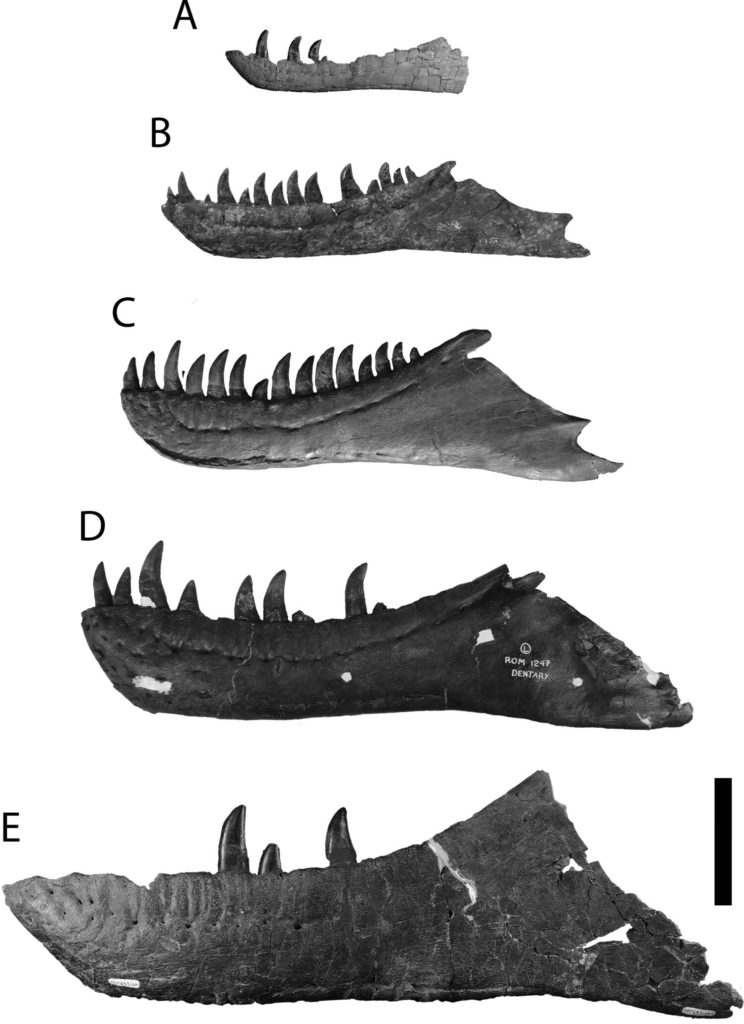
Comparisons with Tyrannosaurus rex
The team also found that both Gorgosaurus and T. rex underwent similar anatomical changes over their lifespans, but at different times. The changes started later in Tyrannosaurus rex and occurred over a longer time interval, resulting in a larger size and longer lifespan for T. rex when compared to Gorgosaurus.
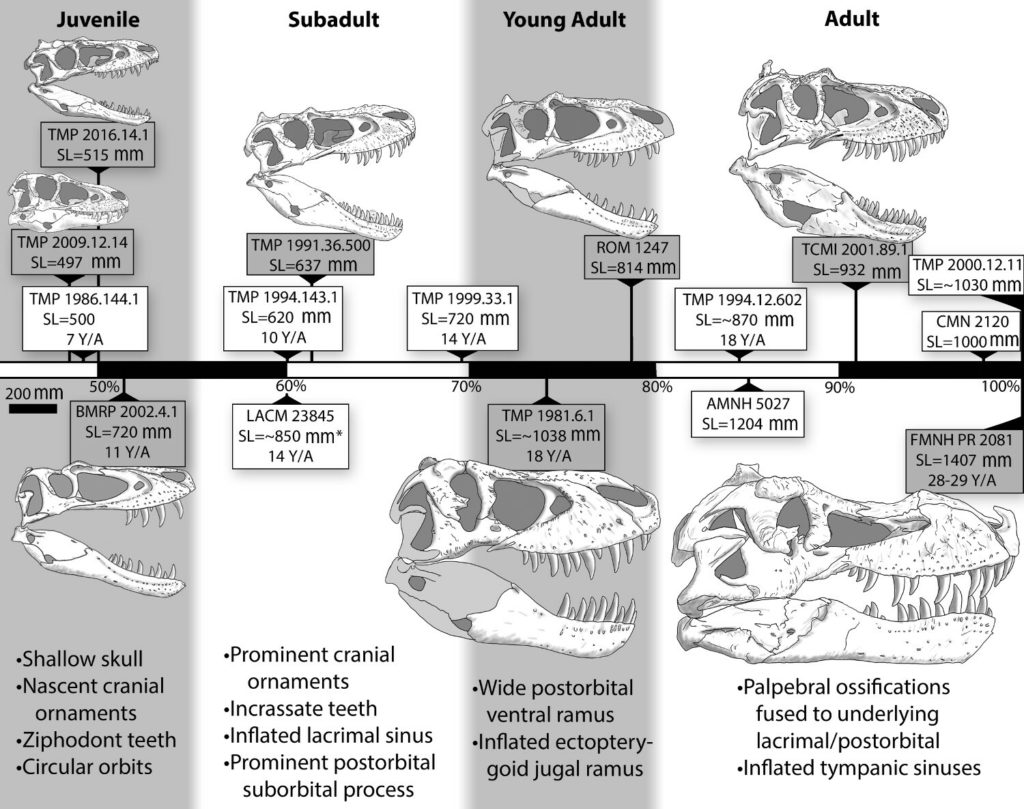
Implications for Nanotyrannus
Having identified a series of anatomical traits that can be relied upon to permit palaeontologists to confidently assign juvenile tyrannosaur skull fossils to a specific taxon, this allows some specimens considered small or “dwarf” forms such as Nanotyrannus (N. lancensis) to be revisited. Some of these specimens may have been misidentified, since key characteristics may not have developed in young individuals before death, but this new data set would allow closer scrutiny of the fossil material.
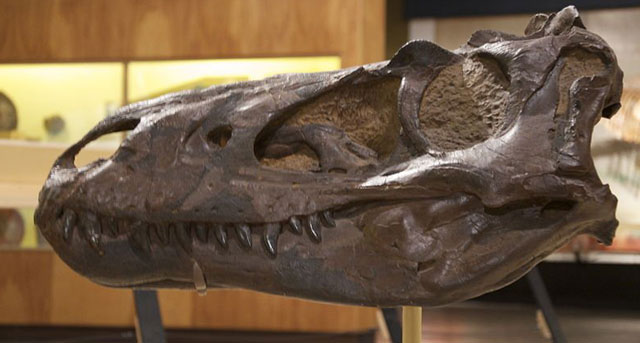
The scientific paper: “Two exceptionally preserved juvenile specimens of Gorgosaurus libratus (Tyrannosauridae, Albertosaurinae) provide new insight into the timing of ontogenetic changes in tyrannosaurids” by Jared T. Voris, Darla K. Zelenitsky, François Therrien, Ryan C. Ridgely, Philip J. Currie and Lawrence M. Witmer published in the Journal of Vertebrate Paleontology.






That skull of the adult Gorgo they used in the study looks pretty narrow to me in this picture
https://twitter.com/jgn_paleo/status/1565760181509955584